When you sit down to watch a Studio Ghibli movie, there are generally three things you can expect to see depicted with unbridled passion and heart-stirring attention to detail: the thrill of flight, the glory of nature, and the mouthwatering deliciousness of expertly prepared food. As a matter of fact, scrumptious fare, ranging from extravagant delicacies to good honest grub, shows up with such frequency in Ghibli’s works that one fan counted 47 anime dishes that looked good enough to eat, then set out to make them all himself, as shown in this amazing video.
If you’ve ever been to karaoke with anyone who likes anime, chances are you know ‘A Cruel Angel’s Thesis’, the theme song to Neon Genesis Evangelion – it’s a karaoke classic. Since its original release, singer Yoko Takahashi has re-released the song, which is known as Zankoku na Tenshi no Tēze in Japanese, three times; it celebrates its 20th anniversary this year.
When Neko Oikawa, who wrote the lyrics to the hit song back in 1995, claimed this week that she only spent two hours on it, some fans weren’t too surprised. After all, history is full of hit songs that were supposedly written in mere minutes, from ‘(I Can’t Get No) Satisfaction’ to ‘Under Pressure’ to ‘My Sharona’.
What’s more impressive – especially when you consider how well ‘A Cruel Angel’s Thesis’ fits the series’ themes – is that the lyricist knew next to nothing about the show itself when she wrote it.
This year, my sister-in-law and nieces gave me an Amazon card for Christmas. The bookstore near my apartment in Yokohama doesn’t stock English-language books, so it’s an extremely thoughtful gift, but I haven’t actually visited Amazon’s site to pick out my new reading material, since I’m still in the middle of a lengthy novel I started during my recent flight from Tokyo to Los Angeles.
With a couple of hundred pages left to go, it might be a while before I actually use the card, and while I’m leaning towards a National Geographic subscription, I still haven’t ruled out the alternative of putting the card towards purchasing a giant robot, since Amazon Japan now sells those, too.
Uniqlo, the hugely popular Japanese chain store that stocks a variety of simple, practical and affordable clothing, has expanded into a world-wide venture, with stores in Singapore, Australia, the United Kingdom, the United States, Germany, France, Russia, Hong Kong, Indonesia, Bangladesh, and, well, you get the picture. In the West in particular, Uniqlo has a pretty cool image thanks to its simple, pared-down designs and celebrity approval (for example, Pharrell Williams designed a range for them in April 2014), so it might surprise some of you to hear that there are people in Japan who tend to be a bit snobby about Uniqlo, looking down on its regular clientele for lacking in fashion sense.
We have bid farewell to the year of the horse, and welcomed in the Year of the Sheep. New Year’s decorations, greeting cards, and the like are all adorned with more sweet, fluffy little lambs than you could shake one of their tails at. It almost makes you want to get an adorable little baby fleecey bundle for your own. I mean, sheep are allowed in apartments, right? Right!?
Or maybe it would just be easier to transform your dog into a sheep for the New Year instead!
It’s already kind of old news that one of gaming’s few potentially transgender characters has been hiding in plain sight since the late ’80s in the form of the adorable and misunderstood Mario villain, Birdo.
But that hasn’t stopped the Internet from debating all kinds of aspects about the character’s gender identity, from whether the whole “boy who thinks he’s a girl” thing is Mario canon or whether the character is pre- or post-op. While the Western web was shocked by this stunning news a while back, it seemed Japan was politely giving poor Birdo her privacy and staying out of it, until a recent Twitter post…
Nail art is something that’s increasingly popular among Japan’s ladies due to the fact that it’s an easy way to express your individual style. As well as DIY-ing it at home with 100 yen store nail polishes and nail stickers, you can also get reasonably affordable yet super-durable gel manicures in a salon which are set by UV light and last for at least a month. Nail art trends tend to come and go depending on the season and whatever’s in style, but occasionally there’s a “boom” for a certain kind of design, with more and more people jumping on the bandwagon. First came anime nail art, and now it’s the turn of traditional Japanese performance art, Kabuki!
One Piece is the top-selling manga of all time, with over 350 million volumes sold in Japan alone. For fans of the series, it’s a no-brainer why the comic is so popular. The author/artist Eiichiro Oda is a master storyteller, turning what could have been a run-of-the-mill shonen manga into something special. One Piece often tackles deeper themes including racism, abuse of power, justice, moral ambiguity, and of course, big dudes with sweet powers slamming into each other.
What’s even more surprising are the readership demographics. Nine out of ten people who buy One Piece are adults, and over half of the manga’s readers are women. This might make it seem like it appeals to everyone, but apparently that is not the case. Japanese Twitter user @ykhre recently tweeted a controversial essay, making her case for why One Piece, despite its broad appeal, is sexist.
The world is full of musical instruments with varying degrees of notoriety. Many instruments, like the guitar and piano, have legions of followers, while others like the sheng only get picked up by a select few. The Udar falls into that latter category with Mr. Sato having just become one of the very few people who have ever picked one up.
Join us as we listen to the musical stylings of the Udar as played by its inventor Michinobu Uda and learn a little about how it works.
Cover versions are tricky to get right. Sound too different from the original and you risk alienating those who prefer the original; mimic the original version and you’re not bringing anything new to the table. And covers in a different language are a whole different kettle of pescado.
So we’re seriously impressed by these tracks from Inheres, a three-piece rock band hailing from Valparaíso, Chile, who specialise in covers of anime themes. Join us after the jump to hear anime themes as you’ve never heard them before, from Detective Conan to Saint Seiya.
During the winter months Japanese people often like to relax under their heated tables (kotatsu) and enjoy a nice mikan tangerine. Its juicy sweetness and vitamin C is a great compliment to these chilly nights. But really, anywhere in the world, anytime is a good time to enjoy some variation of orange, isn’t it?
So next time you get ready to peel a mandarin or clementine how about making it into a caterpillar first like many Twitter users in Japan have been doing in recent years? It’s super easy and we’re going to show you how.
“Oh shoot, I’m out of dish soap, let’s go to the game center.” If this sentence seems incongruous, you clearly have not spent enough time in Japanese game centers. Sure game centers have good old fashion arcade games, air hockey and photo booths, but a lot of the space is taken up by UFO catchers (adorably pronounced, oo-fo in Japan), aka claw/crane games.
Usually, UFO catchers are filled with cute toys or cool figurines, but sometimes things get a little too practical. Other times, the prizes are just a bit… off. Twitter users across Japan have shared their strange finds with us before, but they just keep coming and they keep getting weirder.
As we’ve been constantly reminding you over the past year or so, Youkai Watch is really big in Japan now, and yet some of you out there still don’t seem to believe us. We’ve watched them rip the annual McDonald’s calendar endorsement deal out of the cuddly clutches of Pokemon. We’ve seen fans carve their graven images into pumpkins. We’ve tasted of their milk. Still, there are those who think that it’s just a flash in the pan.
For those people, we present the highest honor a character in Japan can receive: a sashimi platter in their likeness.
It was a moment all romantics dream of: He’s sitting in a train stopped at a station when he locks eyes with a cute girl waiting on the platform… but then the train leaves, the girl is gone forever and he’s left with nothing but the memory. This happened to one lucky guy, but unfortunately, the other person saw the experience a little differently.
The Showa period (1926-1989) was a time of immense change for Japan when the country went from being an imperial power to a poverty-stricken post-war nation and then becoming an economic powerhouse that dominated automotive and electronic industries around the world. Twenty-seven years since that era ended and the current Heisei era began, fond memories of “Showa Japan” still flood many Japanese minds.
But a recent online poll asked netizens to take off their rose-tinted glasses and consider the aspects of daily Showa-period life that, while seeming completely normal back then, would be unthinkable now. Join us after the jump for a look at the slightly grim feedback.
For many cosplay enthusiasts, the appeal of the hobby is deeper than just the clothes. The most dedicated cosplayers don’t just slip on costumes, but also the personas of their favorite characters from Attack on Titan, Final Fantasy, or, well, Persona.
But while the perfect cosplay photograph might recreate the flawlessly cool poses of anime and video game icons, the reality of how those shots get produced is often quite a bit less stylish, as shown in this series of behind the scenes peeks at cosplay photo shoots.
Japan takes a lot of pride in its four distinct seasons, and everyone seems to enjoy all the changes that each new time of year brings. With winter, you’ll see people setting up their kotatsu tables at home to keep warm, convenience stores starting to sell delicious hot bowls of oden, and what seems to be just about everyone in the country gearing up to hit the slopes. With mountainous regions throughout Japan, and travel companies offering super cheap ski-tour packages, it’s hard to ignore the call to pack up your board or skis and head for the powdery slopes.
A fun weekend at the Kagura Ski Resort in Niigata Prefecture is probably what 45-year-old Koju Neriko, his wife, and their friend had in mind when they set out with their snowboards last Friday, only to become terribly lost on the blustering mountain for two days.
Remember the Muji Fortune Can that we featured a few days ago from our favorite minimalist home goods store, Muji? Following that welcome discovery, our Japanese reporter also managed to get her hands on both a Muji Women’s Clothing Lucky Bag and a Muji Health & Beauty Lucky Bag.
Although she was content with most of the surprises, there was one clothing item in particular that stumped her–can anyone give her a few tips on how best to wear it? Don’t miss her mini fashion show after the jump!
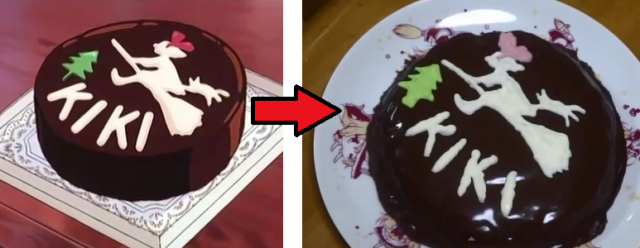



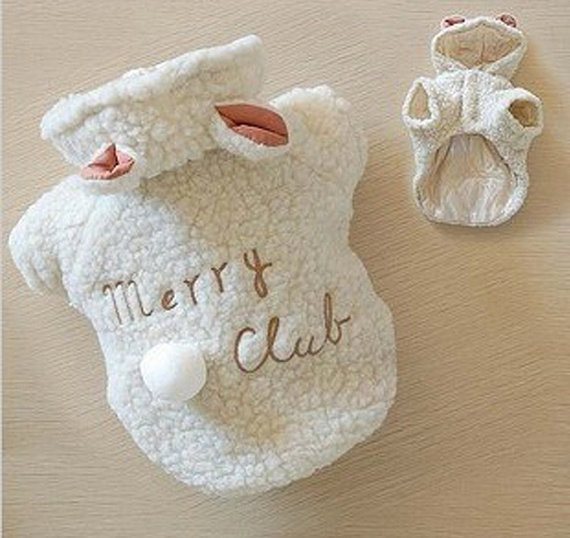

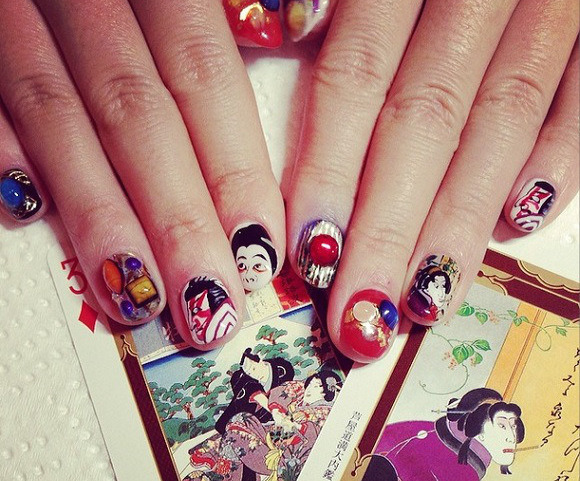

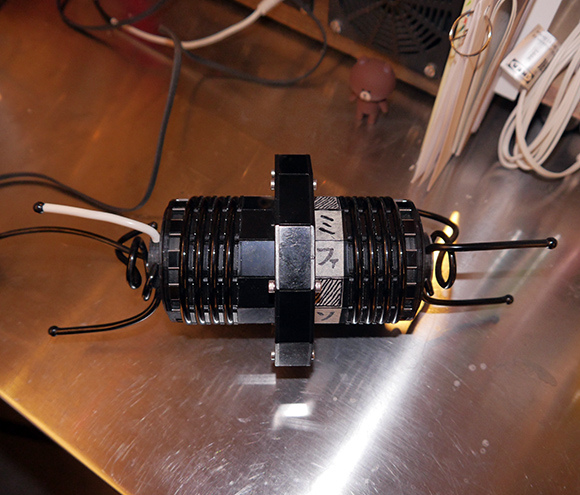

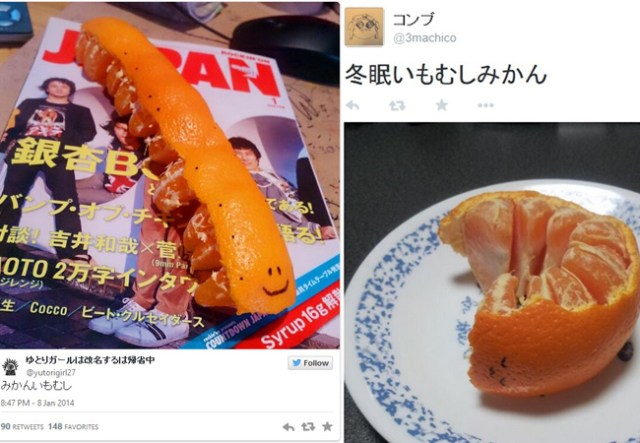
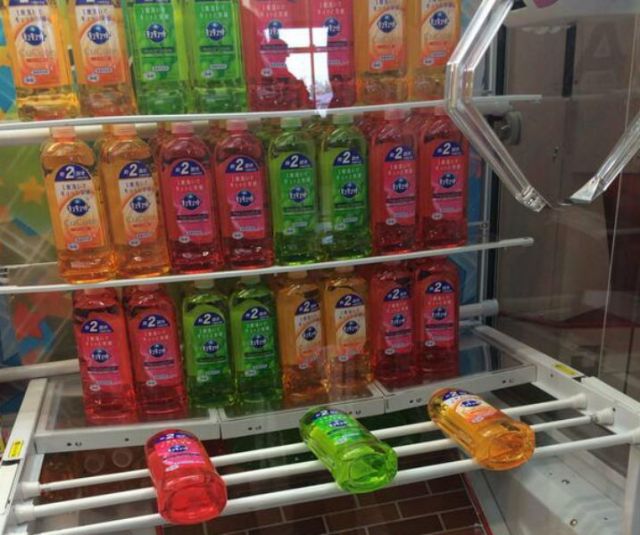
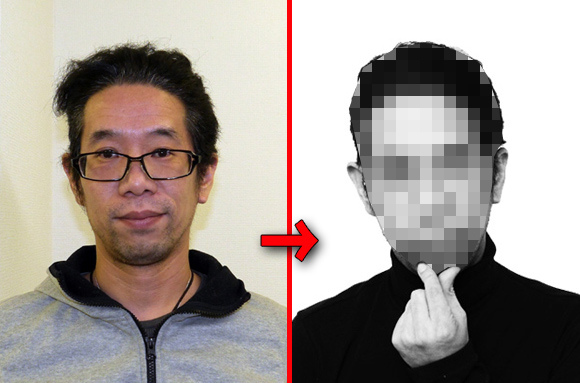
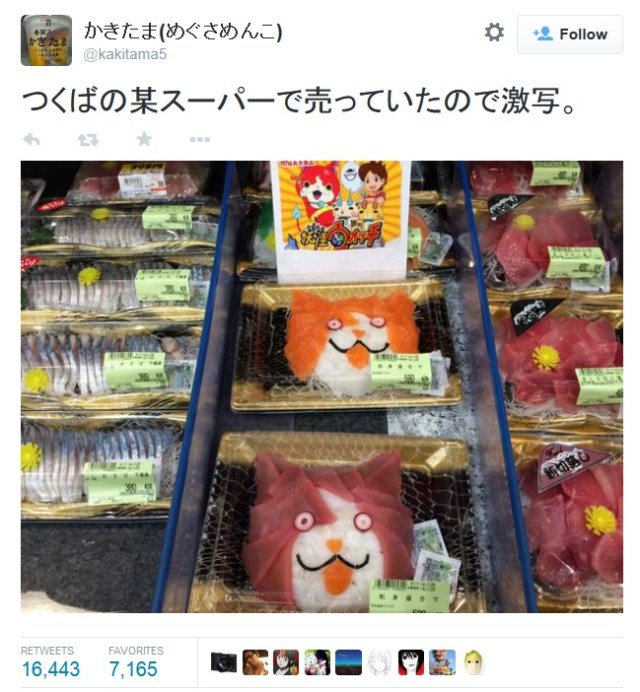

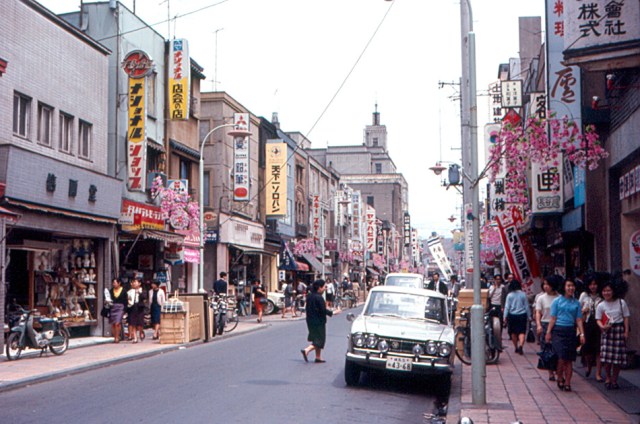
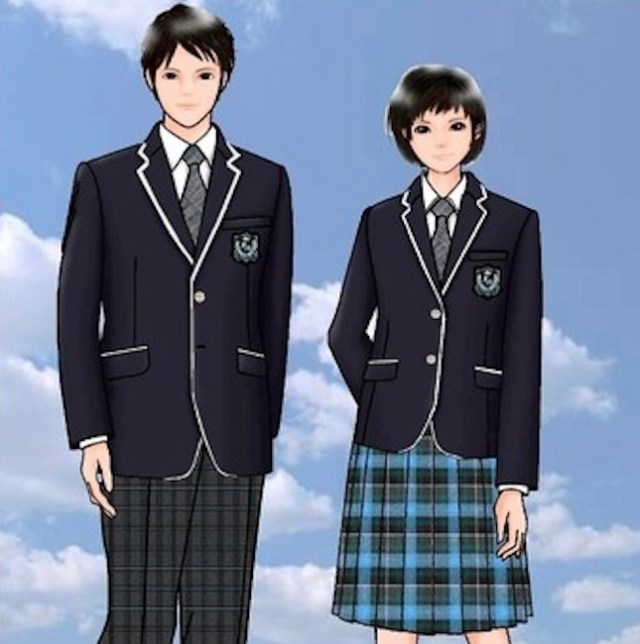
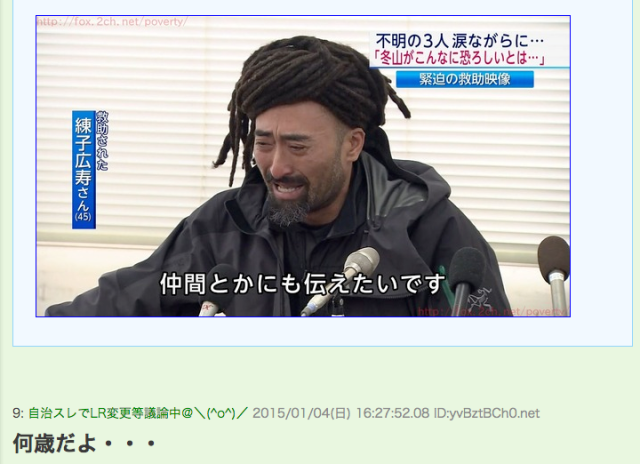
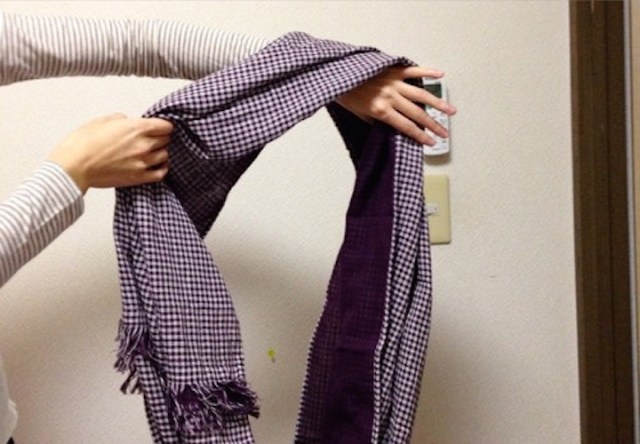
 Japan reaches its lowest-ever ranking on Education First’s 2024 English Proficiency Index
Japan reaches its lowest-ever ranking on Education First’s 2024 English Proficiency Index Ghibli’s Princess Mononoke teams up with Foxfire for outdoor apparel collaboration【Photos】
Ghibli’s Princess Mononoke teams up with Foxfire for outdoor apparel collaboration【Photos】 Children’s slippers stolen in night at Japanese preschool, police identify weasel who did it【Vid】
Children’s slippers stolen in night at Japanese preschool, police identify weasel who did it【Vid】 Flying dango: Unique tourist site where Japanese sweets are flown to you over a gorge
Flying dango: Unique tourist site where Japanese sweets are flown to you over a gorge Japan’s new frozen sushi DIY kit – Great foodie fun, or cold-hearted abomination?【Taste test】
Japan’s new frozen sushi DIY kit – Great foodie fun, or cold-hearted abomination?【Taste test】 79-year-old Japanese granny who fell in love with Initial D sports car finds perfect new owner【Vid】
79-year-old Japanese granny who fell in love with Initial D sports car finds perfect new owner【Vid】 Sazae-san breaks own Guinness World Records again for 55 years on television
Sazae-san breaks own Guinness World Records again for 55 years on television Cheeseburger rice bowls arrive at Japanese beef bowl chain Matsuya, and in our stomach【Taste test】
Cheeseburger rice bowls arrive at Japanese beef bowl chain Matsuya, and in our stomach【Taste test】 One of Japan’s most beautiful hot spring towns announces new limits on number of day trippers
One of Japan’s most beautiful hot spring towns announces new limits on number of day trippers Mario Kart Happy Meal toys arrive at McDonald’s Japan, and SoraNews24 has the whole set!【Photos】
Mario Kart Happy Meal toys arrive at McDonald’s Japan, and SoraNews24 has the whole set!【Photos】 Japanese job-quitting service contacted by other job-quitting service because employee wants to quit
Japanese job-quitting service contacted by other job-quitting service because employee wants to quit After cancelling Halloween, Tokyo’s Shibuya neighborhood cancels New Year’s Eve too
After cancelling Halloween, Tokyo’s Shibuya neighborhood cancels New Year’s Eve too Sanrio and magical girl anime PreCure join forces for new merch line【Photos】
Sanrio and magical girl anime PreCure join forces for new merch line【Photos】 Tokyo park’s sea of clouds, nighttime illumination, and cosplay days make now perfect time to visit
Tokyo park’s sea of clouds, nighttime illumination, and cosplay days make now perfect time to visit Beautiful Japanese garden green tea crepes waiting in Tokyo’s historical Asakusa neighborhood
Beautiful Japanese garden green tea crepes waiting in Tokyo’s historical Asakusa neighborhood Samurai ritual suicide contest cancelled by organizer in west Japan
Samurai ritual suicide contest cancelled by organizer in west Japan American jackass tourist arrested after carving name into gate at Tokyo’s Meiji Shrine【Video】
American jackass tourist arrested after carving name into gate at Tokyo’s Meiji Shrine【Video】 Nintendo’s controller capsule toys are so cool, even the machine you buy them from is awesome【Pics】
Nintendo’s controller capsule toys are so cool, even the machine you buy them from is awesome【Pics】 Tokyo Disneyland loses top-attendance crown for Japanese theme parks for second year in a row
Tokyo Disneyland loses top-attendance crown for Japanese theme parks for second year in a row Ghibli Park debuts first winter illumination display with Howl’s Moving Castle theme
Ghibli Park debuts first winter illumination display with Howl’s Moving Castle theme Pringles releases a limited-edition sweet flavour in Japan
Pringles releases a limited-edition sweet flavour in Japan What’s the deal with akebi, the perfectly purple, alien-like fruit that’s in season now in Japan?
What’s the deal with akebi, the perfectly purple, alien-like fruit that’s in season now in Japan? McDonald’s new Happy Meals offer up cute and practical Sanrio lifestyle goods
McDonald’s new Happy Meals offer up cute and practical Sanrio lifestyle goods Foreign tourists on Shinkansen bullet train break suitcase etiquette, angering local passengers
Foreign tourists on Shinkansen bullet train break suitcase etiquette, angering local passengers [Deleted] Article written for April Fool’s Day 2018
[Deleted] Article written for April Fool’s Day 2018 Japanese government to make first change to romanization spelling rules since the 1950s
Japanese government to make first change to romanization spelling rules since the 1950s Foreigner’s request for help in Tokyo makes us sad for the state of society
Foreigner’s request for help in Tokyo makes us sad for the state of society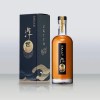 Ghibli founders Toshio Suzuki and Hayao Miyazaki contribute to Japanese whisky Totoro label design
Ghibli founders Toshio Suzuki and Hayao Miyazaki contribute to Japanese whisky Totoro label design Japanese convenience store Family Mart announces abolishment of eat-in spaces
Japanese convenience store Family Mart announces abolishment of eat-in spaces Princesses, fruits, and blacksmiths: Study reveals the 30 most unusual family names in Japan
Princesses, fruits, and blacksmiths: Study reveals the 30 most unusual family names in Japan Life-size vibrating Legend of Zelda Master Sword for sale from Nintendo【Photos】
Life-size vibrating Legend of Zelda Master Sword for sale from Nintendo【Photos】 Studio Ghibli releases free-download board game — Here’s how to play it without reading Japanese
Studio Ghibli releases free-download board game — Here’s how to play it without reading Japanese 79-year-old Japanese granny who fell in love with Initial D sports car finds perfect new owner【Vid】
79-year-old Japanese granny who fell in love with Initial D sports car finds perfect new owner【Vid】 Sazae-san breaks own Guinness World Records again for 55 years on television
Sazae-san breaks own Guinness World Records again for 55 years on television Cheeseburger rice bowls arrive at Japanese beef bowl chain Matsuya, and in our stomach【Taste test】
Cheeseburger rice bowls arrive at Japanese beef bowl chain Matsuya, and in our stomach【Taste test】 One of Japan’s most beautiful hot spring towns announces new limits on number of day trippers
One of Japan’s most beautiful hot spring towns announces new limits on number of day trippers Mario Kart Happy Meal toys arrive at McDonald’s Japan, and SoraNews24 has the whole set!【Photos】
Mario Kart Happy Meal toys arrive at McDonald’s Japan, and SoraNews24 has the whole set!【Photos】 History’s highest sumo wrestling and geisha dance to take place at Tokyo Skytree observation deck
History’s highest sumo wrestling and geisha dance to take place at Tokyo Skytree observation deck Best all-you-can-eat okonomiyaki in Japan? Restaurant chain serves up a feast for under $14
Best all-you-can-eat okonomiyaki in Japan? Restaurant chain serves up a feast for under $14 Don’t miss the swords-on-fire performances and more at Asakusa Samuraive Show this week
Don’t miss the swords-on-fire performances and more at Asakusa Samuraive Show this week After cancelling Halloween, Tokyo’s Shibuya neighborhood cancels New Year’s Eve too
After cancelling Halloween, Tokyo’s Shibuya neighborhood cancels New Year’s Eve too Japanese job-quitting service contacted by other job-quitting service because employee wants to quit
Japanese job-quitting service contacted by other job-quitting service because employee wants to quit Japan’s “all-you-can-quit” job-quitting service not what it seems, is also sneakily hard to quit
Japan’s “all-you-can-quit” job-quitting service not what it seems, is also sneakily hard to quit Some Japanese school regulations don’t make any sense!
Some Japanese school regulations don’t make any sense! Totoro sequel anime Mei and the Baby Catbus will screen at Ghibli Park this winter
Totoro sequel anime Mei and the Baby Catbus will screen at Ghibli Park this winter